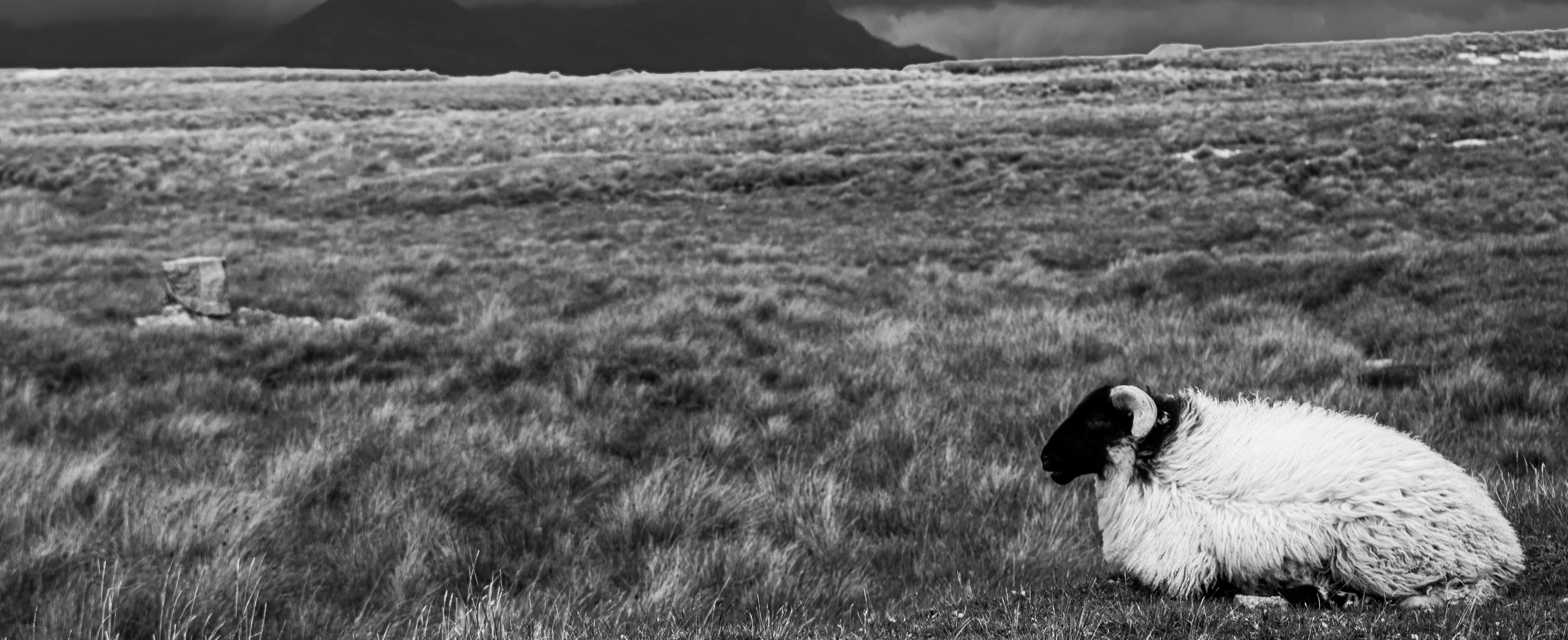Abstract
A photograph taken on the island of Iwo Jima in 1945 shows an American marine apparently asleep in a hastily dug foxhole. His body swathed in a camouflage poncho, the man’s helmeted head presses against the island’s black volcanic sand and his rifle lies on the crest of his hole. This form of image, a marine at rest, is a familiar one in the archive of America’s Pacific War, but what distinguishes this particular picture is that, even in the midst of sleep, the serviceman’s left hand is clutching a leash, at the end of which is a dog, a Doberman. In counterpoint to the ‘master’, the dog sits at alert, ears pricked attentively, noble gaze directed across the body of the human and outwards towards unseen dangers. This paper will focus on the Marine dog battalions deployed against Japan in the Pacific: the product of a striking confluence of race and animal-based orders of knowledge and orientation. The Japanese, it was hoped (so ‘animal-like’ in their being according to the prevailing American understanding), would meet an equally sentient and yet superior opponent in the form of the Marine Doberman. Yet simultaneously, the process of combat encouraged the increasing anthropomorphising of the dogs, to the extent that they were assigned ranks within the Marine Corps, promoted and so on. A funeral memorial built on the island of Guam in tribute to a number of individual Marine dogs features in the paper as a key symbol of these processes. Such contradictions, especially as they converge around issues of culture, class, gender and identity, are at the heart of the human-animal nexus and form the concerns of this paper
How to Cite:
Allon, F. & Barrett, L., (2015) “That dog was Marine! Human-Dog Assemblages in the Pacific War”, Animal Studies Journal 4(1), 126-147.
Downloads:
Download PDF
40 Views
657 Downloads

